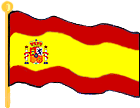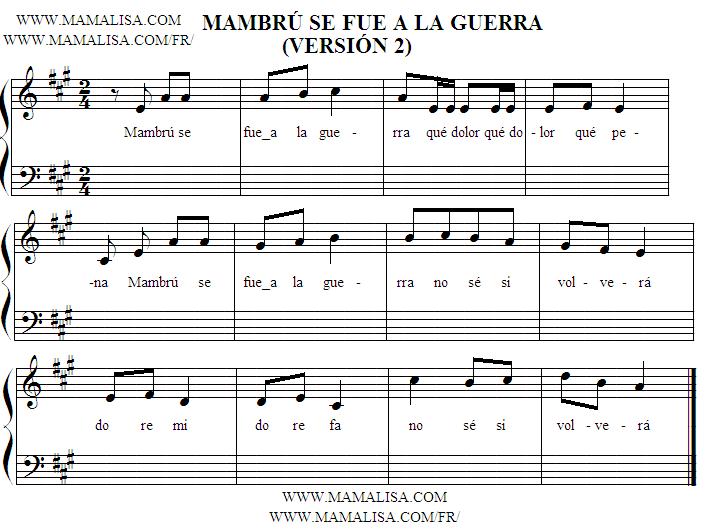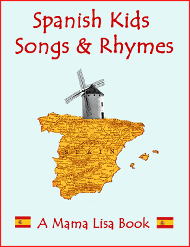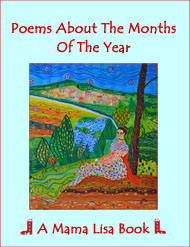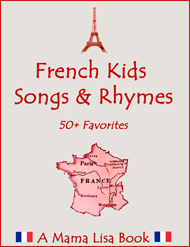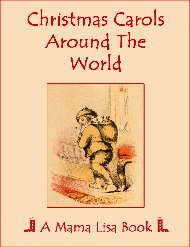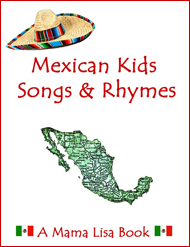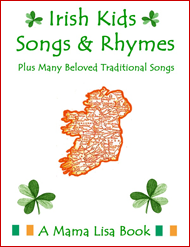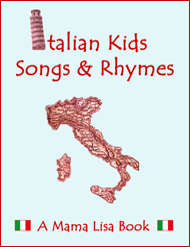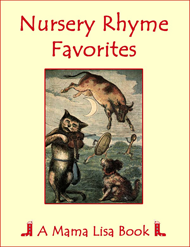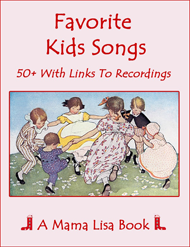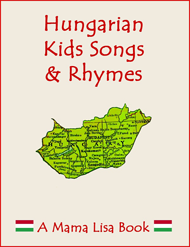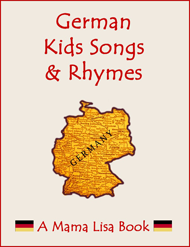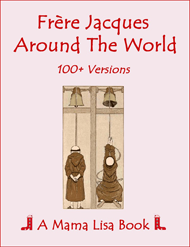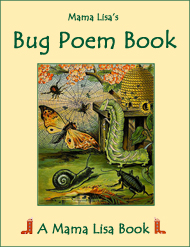Mambrú se fue a la guerra
This is sung to the same tune as "For He's a Jolly Good Fellow".
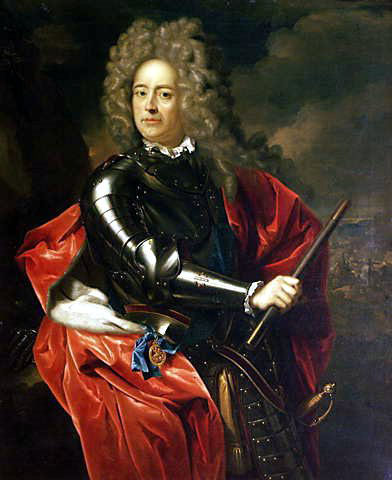
Mambrú se fue a la guerra
Mambru Went to War
Canción infantil
Children's Song
(Spanish)
(English)
Mambrú se fue a la guerra
¡Qué dolor, qué dolor, qué pena!
Mambrú se fue a la guerra
No sé cuándo vendrá
Do re mi, do re fa
No sé cuándo vendrá.
Si vendrá por la Pascua
¡Qué dolor, qué dolor, qué gracia!
Si vendrá por la Pascua
O por la Trinidad
Do re mi, do re fa
O por la Trinidad.
La Trinidad se pasa
¡Qué dolor, qué dolor, qué guasa!
La Trinidad se pasa
Mambrú no viene ya
Do re mi, do re fa
Mambrú no viene ya
Me he subido a la torre
¡Qué dolor, qué dolor que corre!
Me he subido a la torre
Para ver si vendrá
Do re mi, do re fa
Para ver si vendrá.
Por allí viene un paje
¡Qué dolor, qué dolor, qué traje!
Por allí viene un paje
¿Qué noticias traerá?
Do re mi, do re fa
¿Qué noticias traerá?
Las noticias que traigo
¡Del dolor, del dolor me caigo!
Las noticias que traigo
Son tristes de contar
Do re mi, do re fa
Son tristes de contar.
Que Mambrú ya se ha muerto
¡Qué dolor, qué dolor, qué entuerto!
Que Mambrú ya se ha muerto
Lo llevan a enterrar
Do re mi, do re fa
Lo llevan a enterrar.*
En caja de terciopelo
¡Qué dolor, qué dolor, qué duelo!
En caja de terciopelo
Y tapa de cristal
Do re mi, do re fa
Y tapa de cristal.
Y detrás de la tumba
¡Qué dolor qué dolor, qué turba!
Y detrás de la tumba
Tres pajaritos van
Do re mi, do re fa
Tres pajaritos van.
Cantando el pío-pío
¡Qué dolor, qué dolor, qué trío!
Cantando el pío-pío
Cantando el pío-pá
Do re mi, do re fa
Cantando el pío-pá.
Mambru went to war,
What grief, what grief, what sorrow,
Mambru went to war,
I don't know when he'll be back,
Do re mi, do re fa
I don't know when he'll be back.
If he's back for Easter,
What grief, what grief, what a grace!
If he's back for Easter
Or for Trinity Day,
Do re mi, do re fa
Or for Trinity Day.
Trinity Day is over
What grief, what grief, what a tease!
Trinity Day is over
Mambru doesn't come
Do re mi, do re fa
Mambru doesn't come.
I've gone upstairs into the tower
What grief, what grief, what continuous grief!
I've gone upstairs into the tower
To see if he'll come
Do re mi, do re fa
To see if he'll come.
Here comes a Page
What grief, what grief, what a suit!
Here comes a Page
What news will he bring?
Do re mi, do re fa
What news will he bring?
The news I'm bringing,
From the grief, from the grief I collapse
The news I'm bringing,
Is sad to tell
Do re mi, do re fa
Is sad to tell.
Mambru has died
What grief, what grief, how wrong!
Mambru has died
They take him to his grave
Do re mi, do re fa
They take him to his grave.
In a velvet coffin
What grief, what grief, what mourning!
In a velvet coffin
With a crystal lid
Do re mi, do re fa
With a crystal lid.
Behind his grave
What grief, what grief, what a mob!
Behind his grave
There are three little birds
Do re mi, do re fa
There are three little birds.
They're singing cheep, cheep
What grief, what grief, what a trio!
They're singing cheep, cheep
Singing cheep, chirp
Do re mi, do re fa
Singing cheep, chirp.
Notes
Alternate Version:
Mambrú ha muerto en guerra
¡Qué dolor, qué dolor, qué pena!
Mambrú ha muerto en guerra
Yo le fui a enterrar.
Do re mi, do re fa
Yo le fui a enterrar.
Con cuatro oficiales
¡Qué dolor, qué dolor, qué pena!
Con cuatro oficiales
Y un cura sacristán
Do re mi, do re fa
Y un cura sacristán.
English Translation:
Mambru died at war
What grief, what grief, what sorrow!
Mambru died at war
I had him buried.
Do re mi, do re fa
I had him buried.
With four officers
What grief, what grief, what sorrow!
With four officers
And a verger priest
Do re mi, do re fa
And a verger priest.
Comments
Monique wrote: "Looking for some deeper information about the French version of the song, I came across the book "Notes pour l'histoire de la chanson" by V. Lespy, Librairie de J.B. Dumoulin, Paris (1861). The author Lespy starts with an anecdote about this song, that it has an Arabic origin –both the lyrics and music. The Arabic version would sing about the feats of one Mambrou. It is believed that the soldiers of James I of Aragon and Louis IX of France (Saint Louis) probably brought the song back from the crusades in the 13th century. If you know some French you can read the whole story at the link above."
According to Wikipedia, Mambru was John Churchill, the 1st Duke of Marlborough.

Thanks and Acknowledgements
Many thanks to Cleofé García González for contributing this song and to Monique Palomares for translating it (with Lisa Yannucci) and for creating the midi music.
Image: The Duke of Marlborough. Oil by Adriaen van der Werff.
¡Muchas gracias!


